How to Implement Threat Modeling in Your DevSecOps Process
Pure Storage
AUGUST 3, 2023
Threat modeling is an essential tool for developers and security professionals to identify and mitigate potential security risks in software systems proactively. This can be a serious threat to authentication systems and other security controls. This can be a serious threat to audit trails and other compliance controls.

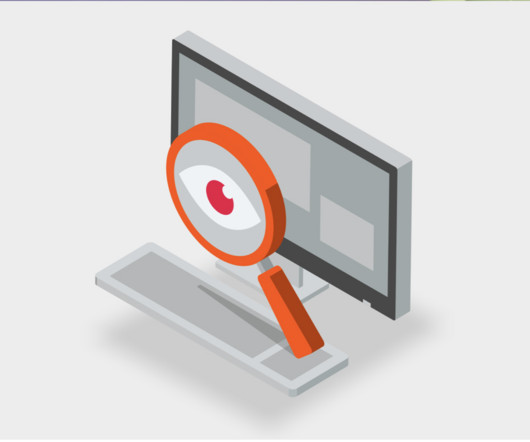

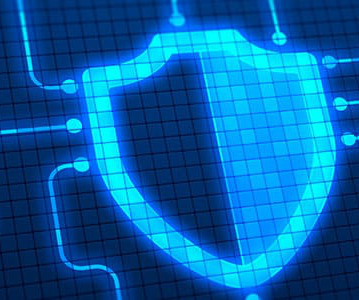
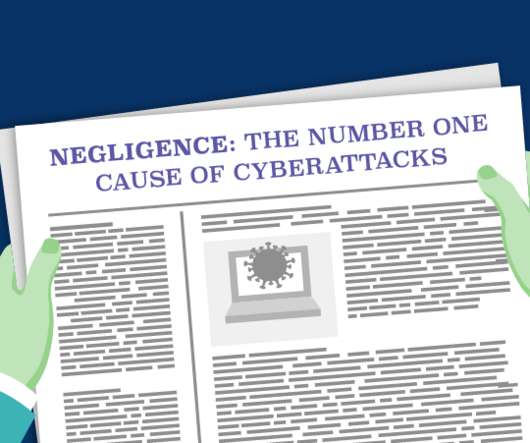
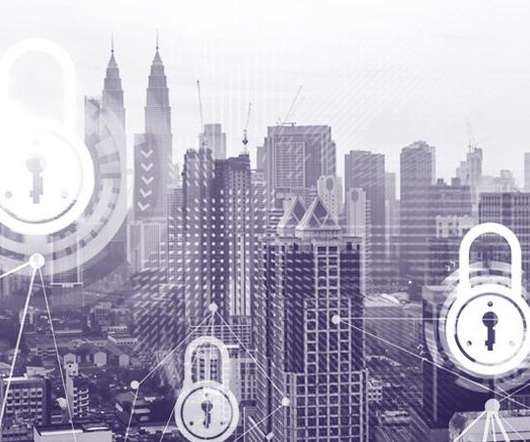
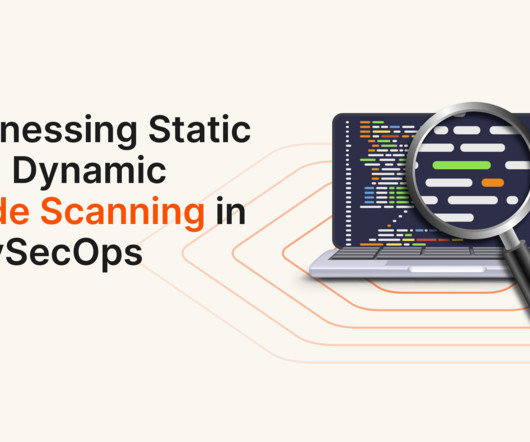




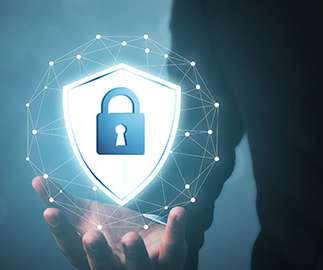










Let's personalize your content